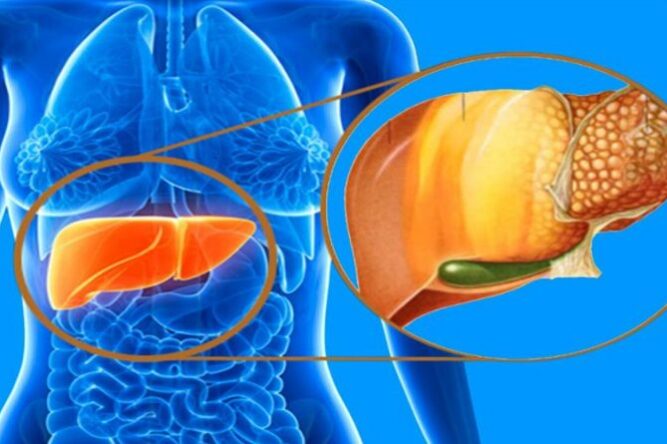The risk of incident extrahepatic cancers is higher in non-alcoholic fatty liver disease than obesity – A longitudinal cohort study
Background & aims: Cancer is a major cause of death in patients with non-alcoholic fatty liver disease (NAFLD). Obesity is a risk factor for cancers; however, the role of NAFLD in this association is unknown. We investigated the effect of NAFLD versus obesity on incident cancers.
Methods: We identified all incident cases of NAFLD in a US population between 1997-2016. Individuals with NAFLD were matched by age and sex to referent individuals from the same population (1:3) on the index diagnosis date. We ascertained the incidence of cancer after index date until death, loss to follow-up or study end. NAFLD and cancer were defined using a code-based algorithm with high validity and tested by medical record review. The association between NAFLD or obesity and cancer risk was examined using Poisson regression.
Results: A total of 4,722 individuals with NAFLD (median age 54, 46% male) and 14,441 age- and sex-matched referent individuals were followed for a median of 8 (range 1-21) years, during which 2,224 incident cancers occurred. NAFLD was associated with 90% higher risk of malignancy: incidence rate ratio (IRR) = 1.9 (95% CI 1.3-2.7). The highest risk increase was noted in liver cancer, IRR = 2.8 (95% CI 1.6-5.1), followed by uterine IRR = 2.3 (95% CI 1.4-4.1), stomach IRR = 2.3 (95% CI 1.3-4.1), pancreas IRR = 2.0 (95% CI 1.2-3.3) and colon cancer IRR = 1.8 (95% CI 1.1-2.8). In reference to non-obese controls, NAFLD was associated with a higher risk of incident cancers (IRR = 2.0, 95% CI 1.5-2.9), while obesity alone was not (IRR = 1.0, 95% CI 0.8-1.4).
Conclusions: NAFLD was associated with increased cancer risk, particularity of gastrointestinal types. In the absence of NAFLD, the association between obesity and cancer risk is small, suggesting that NAFLD may be a mediator of the obesity-cancer association.
Lay summary: We studied the incidence of malignancies in a community cohort of adults with non-alcoholic fatty liver disease (NAFLD) in reference to age- and sex-matched adults without NAFLD. After 21 years of longitudinal follow-up, NAFLD was associated with a nearly 2-fold increase in the risk of developing cancers, predominantly of the liver, gastrointestinal tract and uterus. The association with increased cancer risk was stronger in NAFLD than obesity.
Keywords: Epidemiology; NAFLD; NASH; Natural history; Outcomes.
Copyright © 2019 European Association for the Study of the Liver. Published by Elsevier B.V. All rights reserved.
Authors:
Alina M Allen 1, Stephen B Hicks 2, Kristin C Mara 3, Joseph J Larson 3, Terry M Therneau 3
Affiliations expand
- PMID: 31470068
- PMCID: PMC6921701
Nutrigenomics Institute is not responsible for the comments and opinions included in this article






